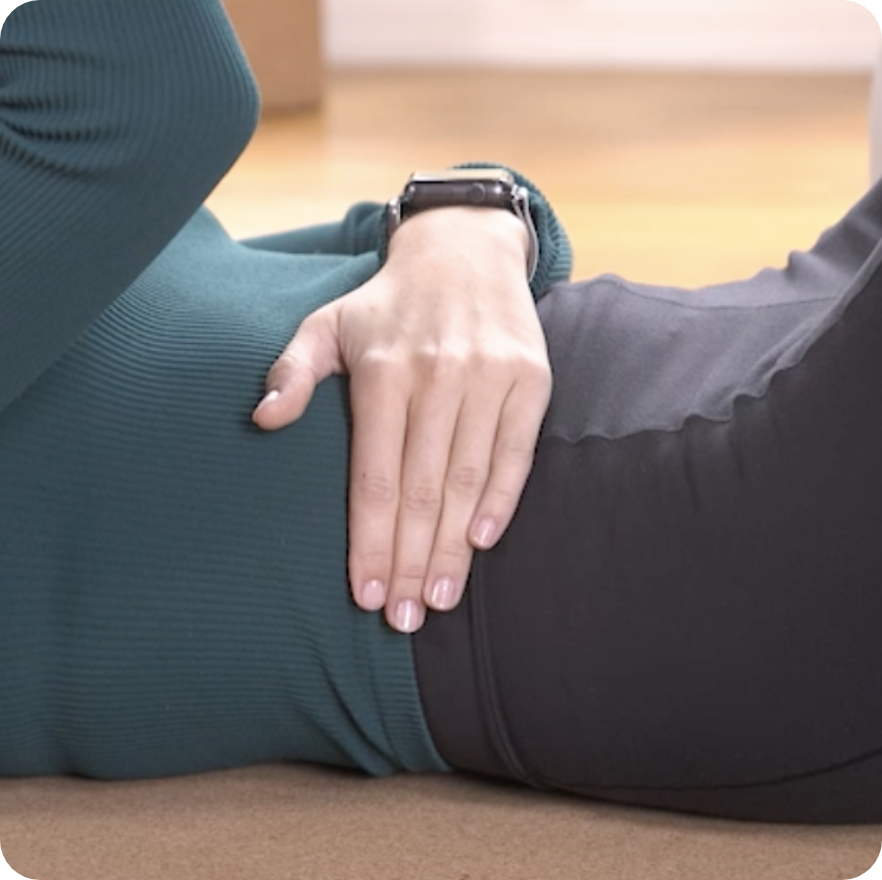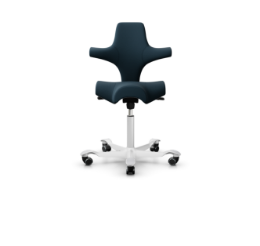September 1, 2021
How to Improve Posture While Sleeping
How to Improve Posture While Sleeping
By: Audrey O.
Many of us spend 8 hours a day sitting at a desk. Now more than ever, people are sitting a lot more and moving a lot less. You may have found yourself experiencing back or neck pain. Although having good posture is important while sitting and standing, it is also a key part of getting a good night’s rest.
Body positioning while asleep can make a huge difference as to how your muscles and joints feel on a daily basis. There are tons of sleeping positions to choose from. While some are generally better for your posture than others, there are ways to make all of them more back and neck friendly.
Improving your posture while asleep can help you sleep better through the night and feel better during the day. You can also avoid potential injuries such as joint and muscle pain if you focus on your posture before going to bed.
Time for a New Pillow?
When was the last time you changed your pillow? If you can’t remember, it is most likely time for an upgrade. It is recommended that you change your pillow every year in order to ensure that you are getting maximum head and neck support.
Pillows are not a one-size-fits-all item. Some prefer super squishy, soft pillows, while others choose very firm pillows. It is okay to purchase pillows with these preferences in mind. However, it is encouraged that you do not select either of the extremes. A pillow that sinks in completely or does not provide any squish at all will not properly support your head and neck.
Try not to use too many pillows. It is ok to have one or two, but a giant pillow pile will cause neck strain as you will be too far propped up. You can use a neck roller if you are looking to still prop up your head while avoiding a mountain of pillows in your bed.
If you are experiencing neck pain, try replacing your pillow with a new one. Make sure to keep the old pillows, though. These are handy for extra support underneath your back or between your knees, depending on your sleeping position and where you need the most support.
Evaluate Your Mattress
If it has only been a few years since you last replaced your mattress, and you are not experiencing discomfort while sleeping, do not worry. But, if it has been over a decade or if you notice your mattress is contributing to your body pain, it is time to go mattress shopping.
There are so many mattresses to choose from, and it can be difficult to know how it will work for you before purchasing one. Just like pillows, people have different preferences and needs when it comes to selecting a mattress.
Evaluate the type of mattress you currently have and what you like and dislike about it. You will want to consider the firmness, texture, size, and material.
Once you select the mattress that best fits your preferences, try to make it even more supportive for your personal needs. If you notice open gaps between your mattress and your body, use a pillow to fill in these areas for better support and comfort. Make sure it is the right fit for you, because the mattress you sleep on at night has a significant impact on how you feel during the day.
If you experience frequent back issues, a physical therapist can help with recommending a mattress that is best for you.
Which Sleeping Position is Best?
The short answer to this question is that there is no perfect sleeping position. While some are better than others, each offer their own pros and cons. Luckily, there are steps you can take to make each position better for your posture.
Sleeping on Your Side
This is the most popular sleeping position. It is not the ideal position for perfect posture, but it is better than some of the alternatives. If you sleep this way, make sure to put a pillow between your knees to alleviate the strain on the knee joints. Many people who sleep this way rest their arm underneath their head. This can cause shoulder pain, so choose a more supportive pillow instead.
Sleeping on Your Back
Many would argue that overall this is the best sleeping position for your posture. However, it is not perfect. Make sure to put a pillow underneath your knees to fill the gap that is created there when sleeping in this way. Sleeping on your back allows you to maintain neutral body positioning. It is important to note that if you already experience lower back pain, this position can worsen the discomfort. In addition, many people find they cannot fall asleep comfortably in this position.
Sleeping on Your Stomach
Overall, this is the worst sleeping position for your posture. Sleeping this way increases tension on the body and can cause muscle pain in the neck and back. If, like me, you cannot break the habit of sleeping in this way, try making some adjustments. Place a pillow underneath your stomach for extra support. It is also recommended that you do not twist your head to the side while sleeping on your stomach. Instead, prop your head up on a pillow so that you can maximize support while still being able to breathe comfortably.
The Golden Rule
No matter your sleeping position, make sure your head, neck, and spine are aligned in a neutral position. If you can keep your body aligned in this way, you can reduce neck and back pain, making it easier for you to fall asleep.
How to Prepare for a Good Night's Rest
Preparing for a good night’s rest starts from the moment you wake up in the morning. Roll on to your side and push yourself up into a sitting position while keeping your knees together and your shoulders and hips in a neutral position. Then, place both feet on the floor and push yourself up into a standing position while keeping your back straight.
Throughout the day, you can make choices that will help you sleep better at night. Working all day at a computer does not engage our muscles. Make sure to take breaks throughout the day. It is recommended that you move around for a few minutes every half hour in order to engage your body.
Additionally, it is important to make time for exercise. Developing strong core muscles will help you sleep better at night because it will make it easier for you to maintain neutral positioning and breathe properly.
Before going to bed, take a few minutes to stretch. Loosening your body right before bedtime will reduce muscle tightness while sleeping. This can be as simple as touching your toes or holding a child’s pose for a few minutes.
Finally, if you find yourself tossing and turning, be cognizant of how you shift your body. Move your body as a whole rather than twisting certain parts of the body. Remember: it is important to always keep your body aligned in a neutral position.
If you find yourself in pain from the way that you sleep, it may be because of poor posture habits while resting. You can always schedule an appointment with a physical therapist or chiropractor to discuss these needs in detail with a medical professional.
Posture is so much more than keeping your back straight while sitting and standing. The way you sleep at night has a profound effect on how you feel during the day. Take the time tonight to evaluate your pillow, mattress, and body positioning so that you can maximize your comfort and allow your body to refuel properly.
Write or copy/paste Liquid code
Emp
Begin the journey to improving your posture, breathing, and overall wellness with the help of obVus. Our expertly designed live well and work well products are made to fit into your life with minimal effort needed.

Ergonomic Accessories

minder
App

Blog
Learn more
about wellness
and mindful living






